Canada supports the second largest gray wolf population in the world, after Russia. Wolf habitat is diverse in this large country where, historically, wolves ranged in most areas. Currently, wolves in Canada occupy approximately 90 percent of their historic range. The 10 percent of Canada without wolves is primarily near the southern border, except near Lake Superior where wolves still live.
Save
Select a Location
Current Wolf Population, Trend, Status
Number of wolves: Approximately 60,000
Population trend: Stable/increasing
Legal status: The gray wolf is a game species in most of Canada. The “Algonquin” or eastern wolf is listed as a Species of Special Concern under Canada’s Species At Risk Act (SARA) and is protected. Approximately 10.5 – 12.3 percent of Canada’s wolf population is harvested annually.
Most recent data available: 2018

SPECIES INFORMATION
SPECIES 1
Common Name: gray wolf, western wolf, loup (French)
Latin Name: Canis lupus
Location: Northern and western Canada, Great Lakes Area of Canada and United States
Arctic wolf
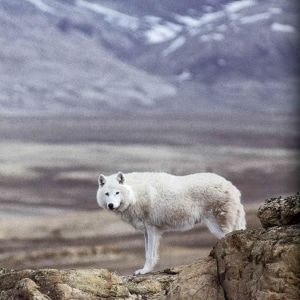
Gray Wolf
REGION 1
Common Name:
Arctic wolf
Location:
Canadian and Alaskan Arctic
Great Lakes wolf
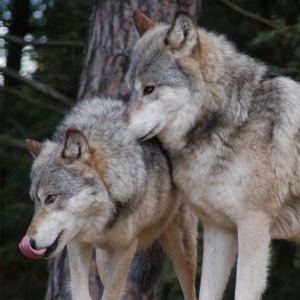
Gray Wolf
REGION 2
Common Names:
Great Lakes wolf, great plains wolf, timber wolf, buffalo wolf
Location:
South-central Canada primarily around the Great Lakes
Northwestern wolf
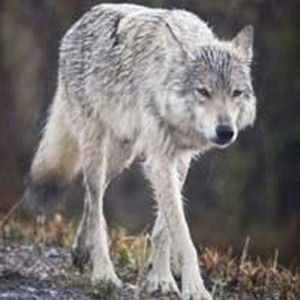
Gray Wolf
REGION 3
Common Names:
northwestern wolf, Rocky Mountain wolf, McKenzie Valley wolf
Location:
Western Canada into Alaska
SPECIES 2
Eastern/eastern timber wolf
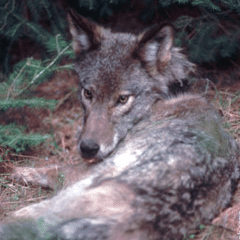
Under debate within the scientific community.
Common Name: eastern wolf, eastern timber wolf
Latin Name: Canis lycaon
Location: Great Lakes Area of United States and Canada, Southeastern Canada
HUMAN RELATIONSHIPS
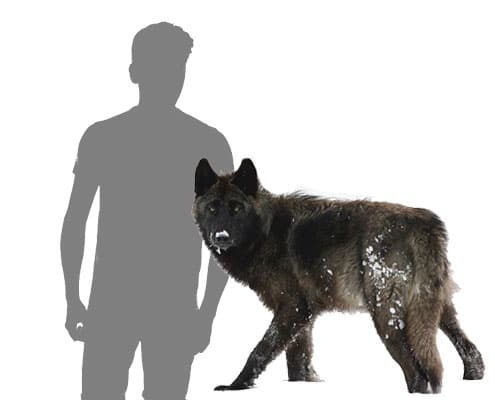
Recovery and Management
Wolf-Human Interactions
- Wolf-Human Incidents in Algonquin Provincial Park, Canada
- The Human Dimensions of Wolf Ecotourism in North America
- A Case History of Wolf-Human Encounters in Alaska and Canada by Mark McNay
- The Fear of Wolves: A Review of Wolf Attacks on Humans (2002) (pdf) This document is available via the Norwegian Institute for Nature Research (NINA) with a purpose to provide a foundation for the process of reducing people’s fear of wolves, and to make some management recommendations to reduce the risk of attacks. The goal was to compile existing literature and knowledge on wolf attacks on people from Scandinavia, continental Europe, Asia and North America, and to look for patterns in the cases.
ECOLOGY
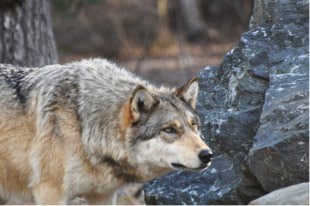
Gray Wolf Biology
Predation
RECENT MEDIA COVERAGE

The International Wolf Center uses science-based education to teach and inspire the world about wolves, their ecology, and the wolf-human relationship.
